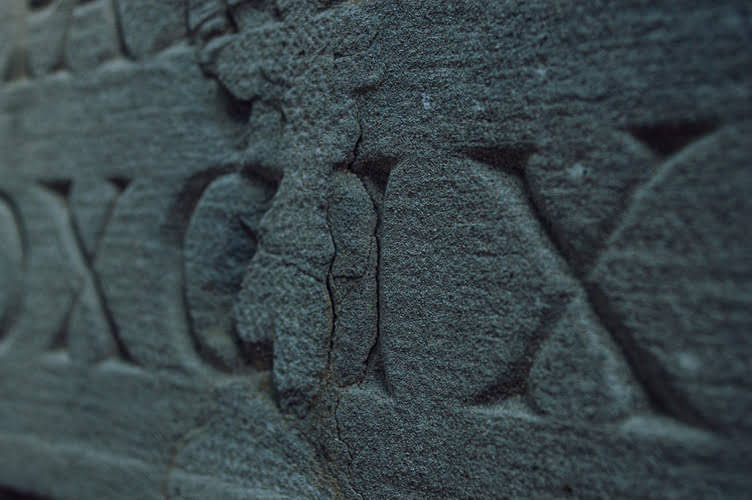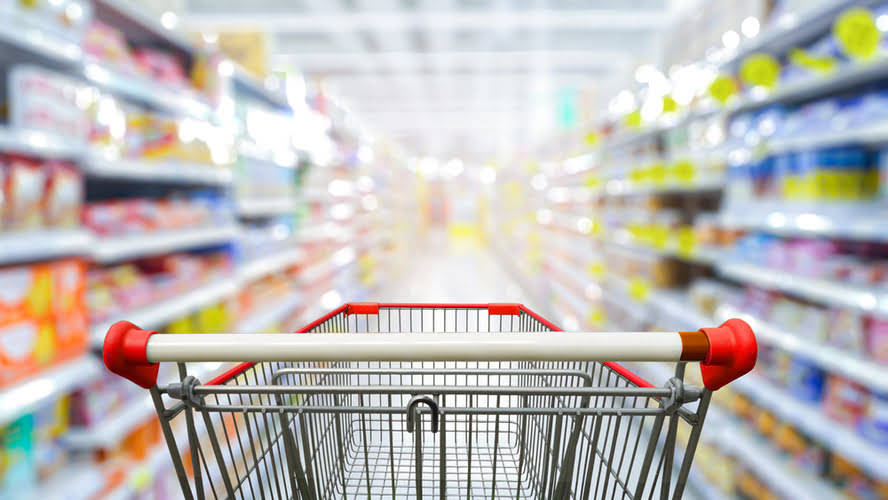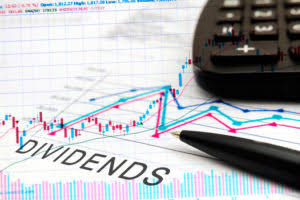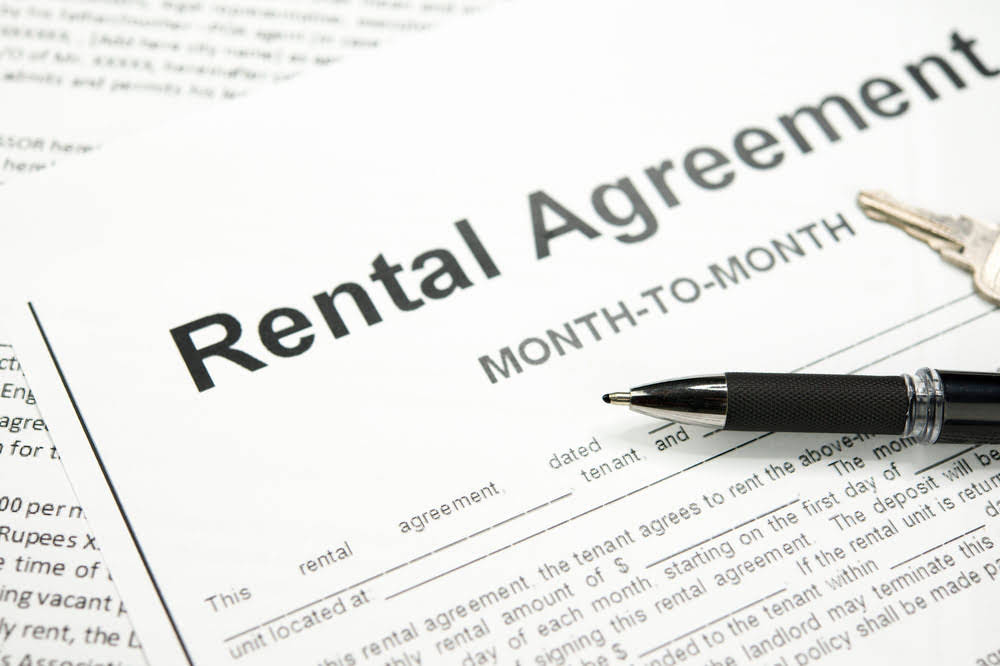
Examples of these classifications are buildings, furniture and fixtures, land, machinery, and motor vehicles. Items grouped within a class are typically depreciated using a common depreciation calculation. Many items grouped into a PP&E class are assigned the same useful life for depreciation purposes.

Plant Assets in Financial Statements
In this article, we will talk about non-current tangible assets and, specifically the plant assets. The article will be all about plant assets, their recognition, depreciation, and differentiation from other asset classes. A plant asset is an asset with a useful life of more than one year that is used in producing revenues in a business’s operations.
Machinery and Equipment
Plant asset management software is a crucial tool for organizations looking to optimize their asset performance, reduce downtime, and improve overall operational efficiency. These specialized systems help companies track, maintain, and manage their physical assets throughout their lifecycle, from acquisition to disposal. In this article, we’ve explained the concept of plant assets in very detail.
Importance of Plant Assets in Financial Statements
By spreading out the expenses of the purchase over its useful life, the actual profit and loss of the company are reflected more reasonably. Here is more detail on the $35 billion in property and equipment that Facebook reported on its 2019 financial statements. Plant asset management systems allow plant owners to manage all their plant assets digitally in one system, which enables them to stay organized and make informed decisions about capital equipment investments.
- Fair market value is the price received for an item sold in the normal course of business (not at a forced liquidation sale).
- This ensures the balance sheet presents a realistic view of the asset’s current value and prevents overstating assets.
- Let us look at the different steps that help the business in calculating the value of the asset and do property plant and equipment accounting.
- Land is the only asset that is not depreciated, because it is considered to have an indeterminate useful life.
- Paragraph 79(a) encourages an entity to disclose the amount of property, plant and equipment that is temporarily idle.
- A business that invests in these assets expects to be functional and healthy for the long term.
In this blog post, we’ll take an in-depth look at what plant asset management is, how it works in practice, and why IoT solutions are gaining such traction within the industrial sector. Those include the type or nature of assets and how those assets are used by the entity and sometimes based on the rate we charge fixed assets. These assets are not intended for resale and are expected to benefit the is equipment a plant asset business over one accounting period.

When selecting a plant asset management software, it’s essential to consider factors such as scalability, integration capabilities, and industry-specific features that align with your organization’s needs. Let us try to understand the difference between plant assets characteristics and current assets. The last entry would be posted every year for the next What is bookkeeping 30 years, resulting in nil value at the end of the useful life. To be classified under the category of this kind of asset, it should be of tangible nature, which means that it should have the feature of being seen or touched. The next plant assets characteristics is that it should be able to provide benefit to the business for more than one year. This method implies charging the depreciation expense of an asset to a fraction in different accounting periods.


In manufacturing, plant assets like heavy machinery, assembly lines, Car Dealership Accounting and warehouses are essential for producing goods efficiently. In retail, store buildings, shelving, and point-of-sale equipment play a significant role in customer service and sales. For the transportation and logistics industry, vehicles, warehouses, and loading equipment are critical assets that enable the movement of goods.
- The IFRIC noted that disclosure regarding idle assets might be particularly relevant in the current economic environment.
- Properly accounting for these diverse plant assets across industries provides insight into each company’s operational framework and financial stability.
- Additional advantages include improved turnaround times, fewer maintenance costs, and higher revenue due to a more efficient production flow that operates over a controlled system.
- We hope you’ll know the difference between plant assets and other non-current assets and the accounting treatment.
- Inventory is a tangible asset but not a plant asset because inventory is usually not long-lived and it is held for sale rather than for use.
- This includes purchase price, shipping costs, installation charges and any other costs directly attributable to bringing the asset to its working condition.
General Categories of Fixed Assets:
Fixed assets affect the income statement through depreciation expenses that the entity charges during the period. Expenditure incurred on purchase or construction of property, plant and equipment is called capital expenditure. Such an expenditure is capitalized which means that it is recorded on the balance sheet and written off as expense over the useful life of the fixed asset through a process called depreciation. The useful life of an asset is defined in terms of the asset’s expected utility to the entity. The asset management policy of the entity may involve the disposal of assets after a specified time or after consumption of a specified proportion of the future economic benefits embodied in the asset. Therefore, the useful life of an asset may be shorter than its economic life.
IFRS 5 does not apply when assets that are held for sale in the ordinary course of business are transferred to inventories. To determine whether an item of property, plant and equipment is impaired, an entity applies IAS 36 Impairment of Assets. That Standard explains how an entity reviews the carrying amount of its assets, how it determines the recoverable amount of an asset, and when it recognises, or reverses the recognition of, an impairment loss. Plant asset management is a critical strategy for businesses aiming to optimize operations and reduce costs. By implementing a comprehensive approach to managing physical assets, companies can significantly improve efficiency, productivity, and profitability.

